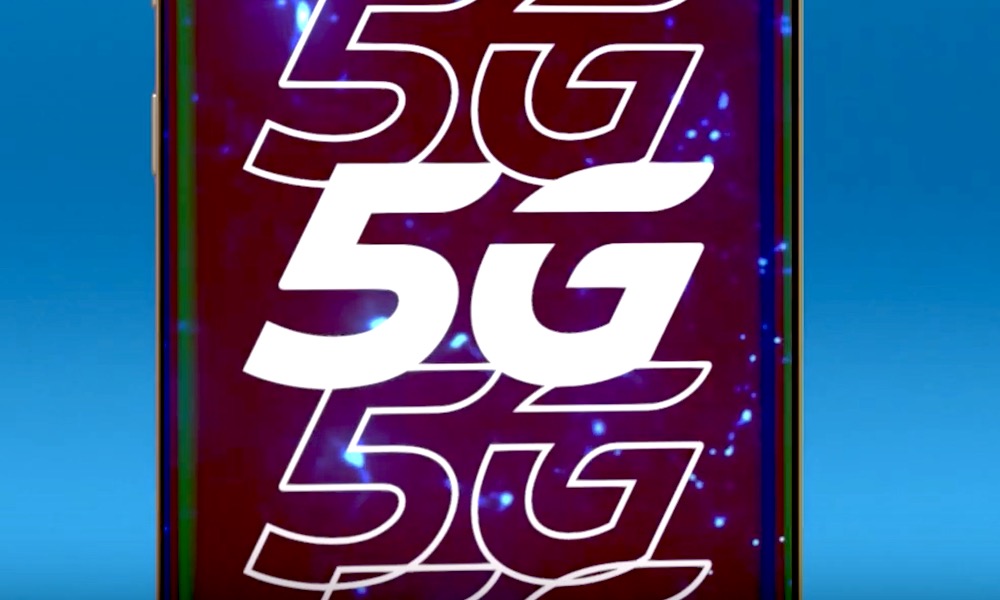AT&T’s Bringing Actual 5G Service to These Cities ‘in the Coming Weeks’
 Credit: AT&T
Credit: AT&T
Toggle Dark Mode
AT&T is bringing real 5G service to tens of millions of customers in the “coming weeks,” the carrier announced in a press release on Thursday.
That’s actual 5G service too, not the misleadingly-named 5G Evolution (which is just updated LTE).
While AT&T previously said it’s deploying 5G nationwide in 2020, it is introducing low-band 5G coverage to a handful of markets very soon.
The carrier’s initial rollout, which the carrier will begin over the next few weeks, will include the following cities at launch:
- Indianapolis, Indiana
- Pittsburgh, Pennsylvania
- Providence, Rhode Island
- Rochester, New York
- San Diego, California
Other markets that will soon see AT&T’s 5G network include Boston, Buffalo, San Jose and more, although the carrier hasn’t specified a timeline for those deployments.
If you live in one of the initial cities and are curious about whether 5G service will reach your specific neighborhood, AT&T has posted helpful maps of its market-wide 5G coverage areas.
It’s worth noting that the new low-band 5G markets are in addition to AT&T’s existing 5G+ service, which covers certain parts of U.S. cities through the mmWave spectrum.
5G+ is available in 21 cities currently and the carrier is planning on adding service to nine more cities early next year.
The low-band 5G coverage is available only through specific AT&T packages, including its Unlimited Extra and Unlimited Elite plans. Those cost $75 and $85 per month respectively.
Of course, to actually take advantage of the new speeds, AT&T customers will need a 5G-compatible device.
As part of today’s announcement, AT&T is marketing the new 5G push alongside the Samsung Galaxy Note 10+ 5G. Users will be able to preorder the device through AT&T on Nov. 25. It’ll start shipping in the first half of December.
For iPhone fans, Apple isn’t expected to release a 5G-compatible iPhone until next year. But many current reports suggest that there will be at least two or three options to choose from by this time in 2020.
But it’s still incredibly early in 5G’s rollout and Apple may be doing itself a favor by avoiding consumer confusion about the different types of 5G service — like the aforementioned low-band and mmWave variants.






